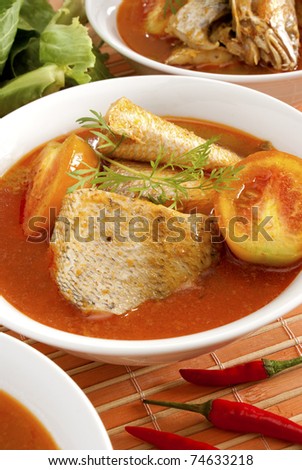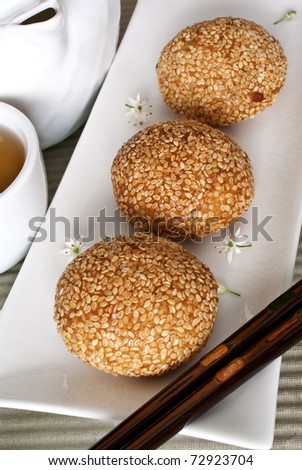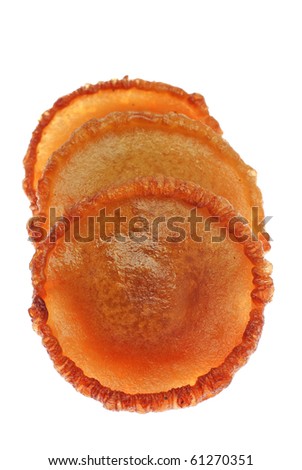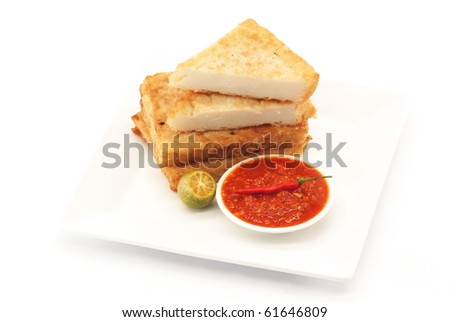The Tame Adventures of an Urban ‘Gardener’
Common name Mint
Latin name Mentha spicata
Native names Daun pudina
Related plants Peppermint, Spearmint.
After needing to purchase small bundles of herbs from the markets whenever I had a product shoot, it dawned to me (Aahhh… finally, the gray matter is stirring…) that I could plant some of these herbs on my window stills and have fresh, perfect plants to use at any time. Looking for herbs in the markets like mint in mint condition (Oops… pardon the pun) is not easy as the fragile leaves easily get withered or bruised during packing, handling and transportation; damaged sprigs of herbs are so unsuitable for photography purposes. Many times, they were simply not available due to the lack of demand and supply in this quiet corner of the country and they delayed the product shoot.
So for my last purchase of fresh mint I chanced upon in the marketplace, I prepared a small pot with soil partially mixed with sawdust, inserted one of the stems into it and moistened the planting media. The plant was kept in the cool shade for a few weeks to allow it to recover. Once the barren sprig of mint started to wing out small sprouts of leaves, it was a sign that the plant had stabilized and ready to be put outside. I prepared a small wire tray and secured it so that strong winds will not knock it off. A liner made from a discarded food container will collect water to keep the soil moist; I placed it in the wire tray and the pot of mint in it. Now it’s ready to take on the world.
This image was taken against a black background in my studio after it had been placed on the ledge for a few days. Water droplets on the plant make it look even more appealing. This is one of my favorite images and sits on my desktop screen for the month. It looks so cooling and refreshing.
The position of the ledge is in cool shade for the first part of the day and gets a strong bath of sunlight during the latter part of the day. The plant seems to love the few hours of strong light as there is a profuse growth of leaves. However, the plant will slightly wilt during these hours if it has been stressed but it will fully recover in the cool evening.
A weak oil-free nutrition solution made from fish emulsion (water that has been used to clean and wash seafood) is used to water the plant every day where possible. Where given quality compost, the leaves can reach a length of 4-5cm and a width of 3-4cm. Mint has a much better visual appeal than peppermint. The plant releases a very nice, minty perfume when the leaves are brushed against.
A bonus for me is that the small plant has grown quite well and I have a truly organic herb also to garnish my meals and teas. I can also use the whole plant as a interesting background subject. It is not very difficult to grow this herb and I would recommend that every passionate gardener, cook, food lover and photographer should have this herb grown in your garden; as I do not have one in the studio, it certain does well on my window ledge.
Several days later, the healthy growth of the mint plant can be seen in the background of this food shot. This image features the Chinese Fried Red Bean Buns. A Studio Produced Image
Now I have added other herbs such as Indian Dill and Chinese Leeks to the window ledge garden; I am now thinking of adding Sweet Basil as well because my window ledge light conditions are suitable for it.











